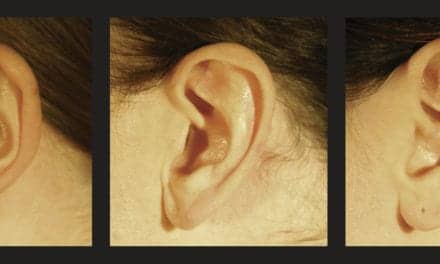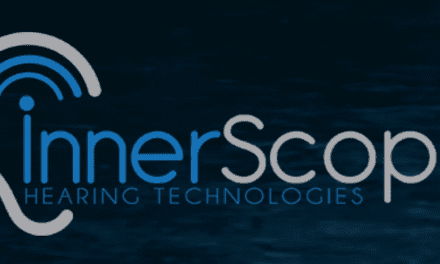
|
The battle for universal newborn hearing screening (UNHS) in the United States is one of the real success stories in hearing health care. Depending on the study, it is reported that 1 to 4 in 1,000 newborns have hearing loss. In the United States, about 12,000 US babies each year are born with some kind of hearing loss, and the National Institutes of Health (NIH) reports that hearing loss is the most common developmental abnormality present at birth. Hearing is one of the 29 identifiable and treatable “core” disorders recommended for screening by the American College of Medical Geneticists (ACMG). On a purely economic level, special education for a child with hearing loss costs schools an additional $420,000, with lifetime costs of about $1 million per individual.
According to ASHA, in 2007, 65% of all newborns were screened for hearing loss compared to about 5% in 1993, and hearing screening for newborns is now offered by 45 states. In February, 32 states and the District of Columbia required UNHS. Today, 93% of all infants in America are screened within 1 month of birth, and EHDI programs have been established in every state.
Hearing screening is not just “the right thing to do”; there is growing evidence that there are side-benefits to UNHS. Beyond the obvious need to identify at birth the most prevalent developmental abnormality, at least two more reasons for UNHS have recently emerged:
SIDS. A study published in the July 2007 edition of Early Human Development shows that it may now be possible to identify infants susceptible to sudden infant death syndrome (SIDS) by using transient evoked otoacoustic emissions (TEOAE). The study showed that SIDS babies had a consistent four-point lower score on their TEOAE test of their right ear compared to their survivor counterparts. Usually, healthy babies have a stronger test result in their right ear than their left; however, in this study, the SIDS babies also had a consistently lower result in their right ear compared to their left. The research team leader, Daniel D. Rubens of the Children’s Hospital and Regional Medical Center in Seattle, concluded: “Newborns at risk for SIDS are currently indistinguishable from other newborns and are only identified following a later fatal event. A unilateral difference in cochlear function is a unique finding that may offer the opportunity to identify infants at risk of SIDS during the early postnatal period with a simple non-invasive hearing screen test.”
CMV. Results of a new study from the University of Texas Southwestern Medical Center in Dallas indicate that 6% of newborns with confirmed hearing impairment have congenital cytomegalovirus (CMV) infection. In most of these cases, the infection was only picked up after an abnormal hearing screening result. As reported in the May issue of Pediatrics, Elizabeth K. Stehel and colleagues conducted a chart review for infants with an abnormal hearing screening result and a positive CMV urine culture at the center over a 5-year period. During the study period, 572 of 79,047 infants did not pass the hearing screening test. Overall, 24 of 483 (5%) tested infants and 16 of 256 (6%) infants with confirmed hearing impairment were infected with CMV. Of this latter group, CMV infection would not have been identified in 12 of the infants were it not for the hearing test results.
In my opinion, these types of links will only continue to increase as science and medicine gain a greater understanding of overall human development and its relationship to hearing development.
Still room for improvement. Although about 9 in 10 US infants are now screened for hearing loss, only slightly more than half (66%) of the parents return for audiological testing in a timely manner—potentially wasting vital time in their child’s speech and language development. In another study, nearly one-quarter (23%) of babies who did receive a confirmed diagnosis still failed to be referred to early intervention services that could help them.
Moving beyond UNHS to hearing loss (mild to profound) treatment for youngsters, an estimated 1.4 million youths have hearing loss, but only 12% wear hearing devices, according to a Better Hearing Institute (BHI) MarkeTrak VII study (September 2007 HR). This same study estimates that there are some 300,000 dependents ages 18 to 21 and some 1.5 million dependents ages 0 to 21 who have a hearing problem but are currently not users of hearing aids…And tell me again why we don’t have a hearing aid tax credit? (See www.hearingaidtaxcredit.com for more information.)
Clearly, we’ve come a long way. Clearly, there is good reason to keep moving forward.
Karl Storm
Editor-In-Chief





